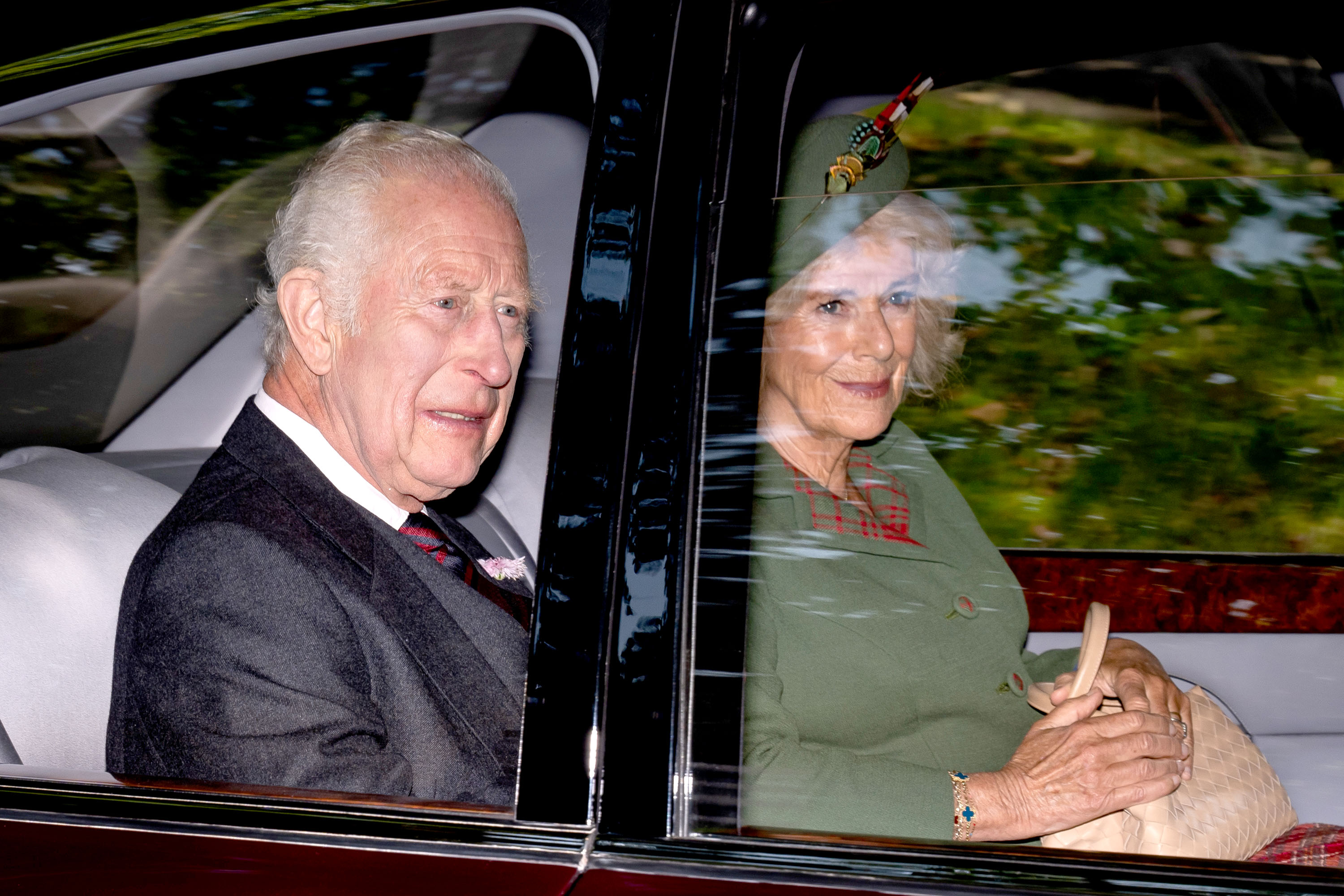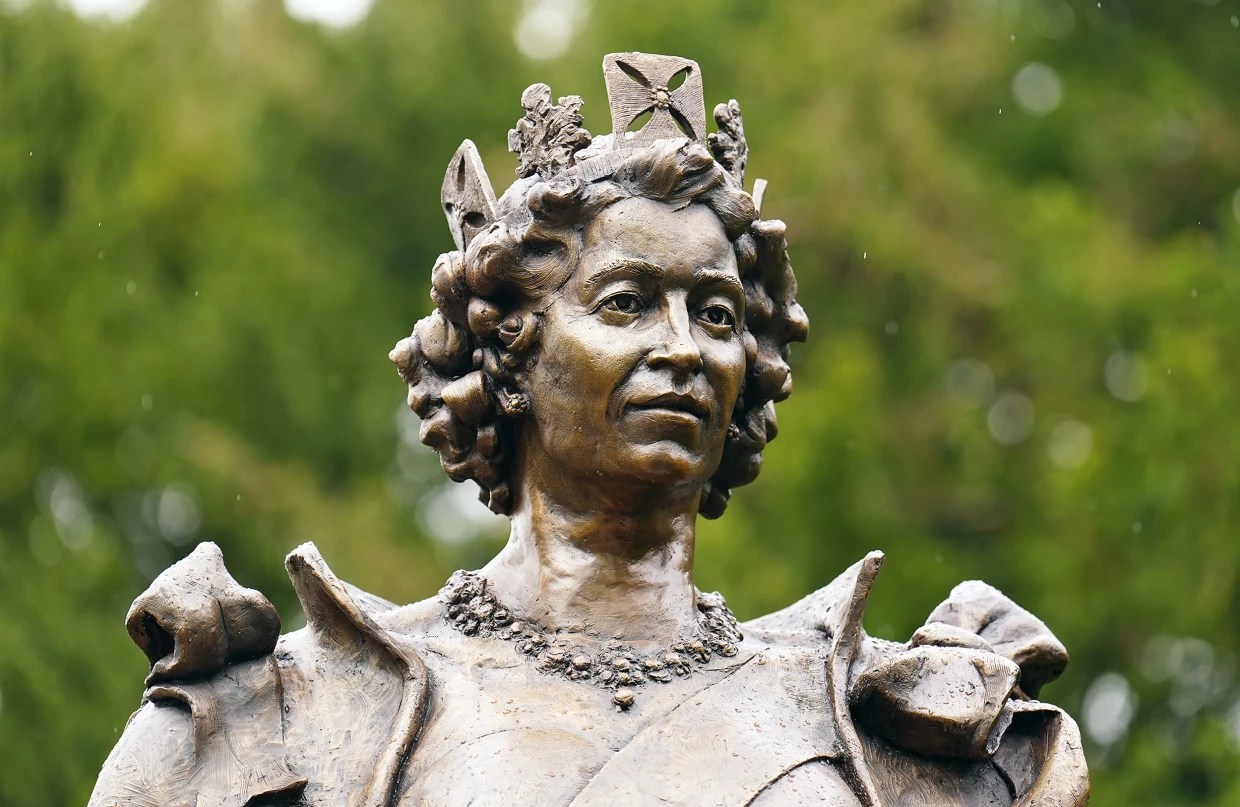It was often said that Queen Elizabeth II was the most photographed person in history, a face instantly recognizable to billions of people across her former empire and beyond.
The problem with depicting such an iconic figure is that while everyone will be able to tell if an artist has nailed it, there’s no hiding if a work looks absolutely nothing like her.
That’s exactly what’s happened with a bronze statue of the late monarch unveiled last week in Northern Ireland.
The local government, Antrim and Newtownabbey Borough Council, claims it shows the queen in “a dignified pose, reflecting her grace, steadfastness and lifelong dedication to public service.”
Get top local stories in Southern California delivered to you every morning. Sign up for NBC LA's News Headlines newsletter.

The scathing reviews beg to differ.
“Looks more like Mrs. Doubtfire than our late queen,” said one commenter, Mark Fee, on Facebook, referring to the character played by Robin Williams in the 1993 movie.
Another person, Craig Paddy Hogg, wrote that it should be “removed and melted down,” calling the piece “actually offensive.”
This isn’t just a case of negative reviews from random social media users.
It is objectively difficult to tell that the statue is supposed to be the former royal, agrees British art historian Richard Morris.
“I thought at least the similarity might be accurate,” he told NBC News in a telephone interview Thursday. “But when I saw it, I hadn’t got a clue who it was — until I read the caption underneath and thought, ‘My goodness, me, that’s a very poor representation.’”
It stands at the center of Antrim Castle Gardens alongside an existing statue of the queen’s late husband, Prince Philip, and two of their corgi dogs. It was commissioned in January 2023, four months after the queen died.

Any immortalization of the British monarch is courting controversy in Northern Ireland. This land is still divided between Protestants, most of whom see themselves as British and thus tend to like the royals, and Roman Catholics, who largely see themselves as Irish and therefore reject the monarchy.
Nevertheless her 70-year reign saw a remarkable turnaround for many in the province.
In 1977, her visit marking her Silver Jubilee was welcomed with graffiti in Belfast reading, “Victory to the IRA, Stuff the Jubilee.” In 2012, however, the queen shook hands with IRA commander Martin McGuinness — a sight many covering the conflict never thought they’d see.
Thankfully, perhaps, artist Anto Brennan has this week whipped up a different kind of ire.
His other works include political caricature chess sets, including one based around the main players of the Good Friday Agreement that brought peace to Northern Ireland in 1998.
“I’m not sure” if this comic style was “what the artist was aiming for” with last week’s statue, said Morris, the art historian. “I know he does satirical pieces of politicians in Northern Ireland. But I think, given that this was supposed to be the centerpiece of the park, it should have been rather more accurate than it is.”
NBC News has contacted Brennan, the artist, for comment by phone and social media.
Officials will hope there is a better reception for an official memorial to the queen that is planned for London’s St. James’s Park and set to be unveiled in 2026, the government announced last week.
Prime Minister Keir Starmer said the location in the “heart of the capital” would “provide a space for pause and reflection” to remember the widely popular royal.
Back in Northern Ireland, the local council has defended its piece.
In an emailed statement, the borough council said it was “delighted with the generally positive response” to the statue, which had been “warmly received by most who have seen it in person.” The council said it “acknowledges that art can sometimes spark diverse opinions,” although it did not respond to a question about how much this public artwork had cost the taxpayer.
This being 2024, some of these “opinions” have verged on the abusive, and the council has now switched off Facebook comments under its post about the statue.
Instead — apparently channeling the maxim that any publicity is good publicity — it seems to be trying to convert the attention into a tourism opportunity.
“While social media may amplify certain negative viewpoints,” it said, “the council encourages everyone to visit Antrim Castle Gardens and experience the sculpture firsthand.”
This article first appeared on NBCNews.com. Read more from NBC News here:



